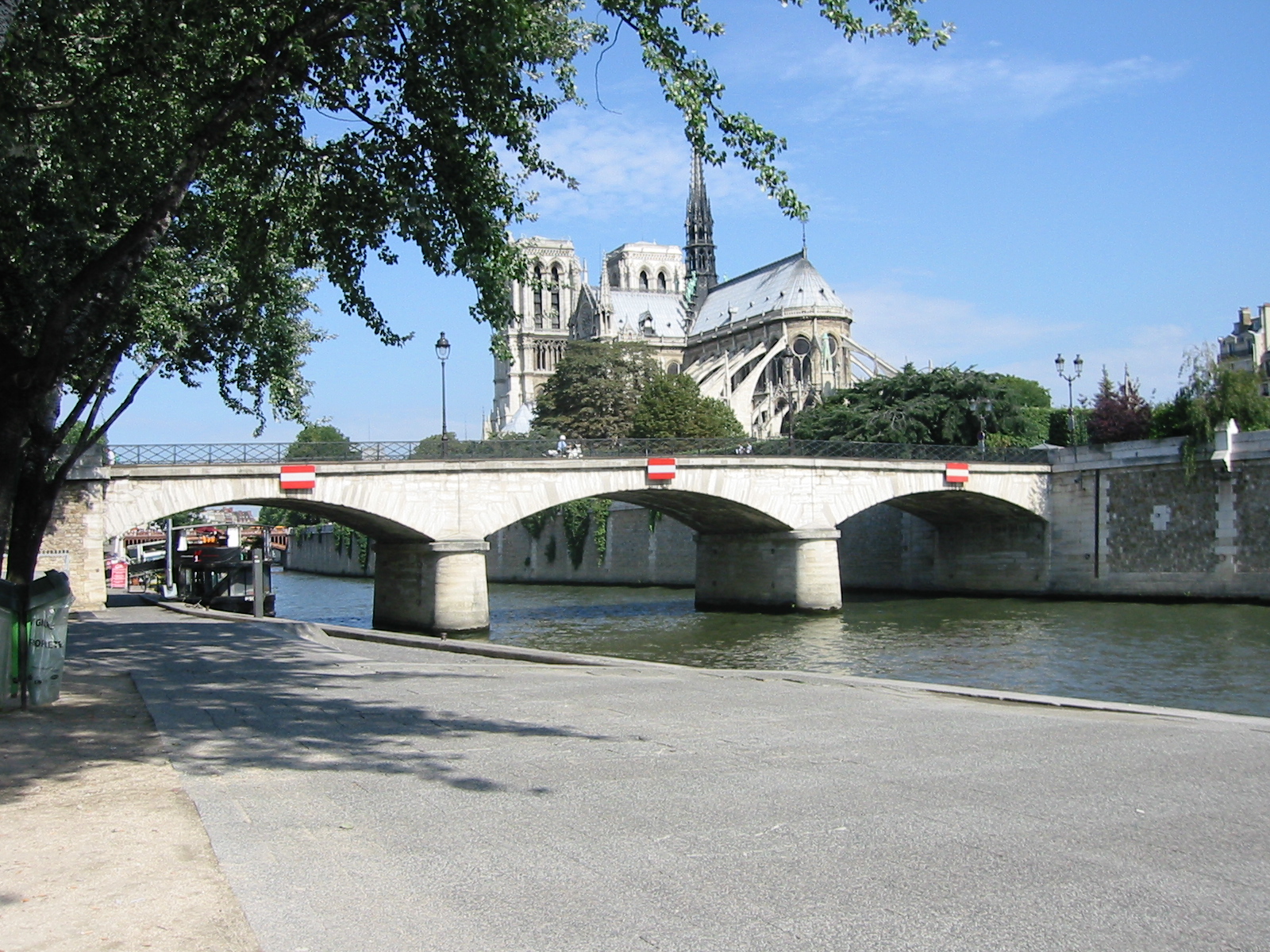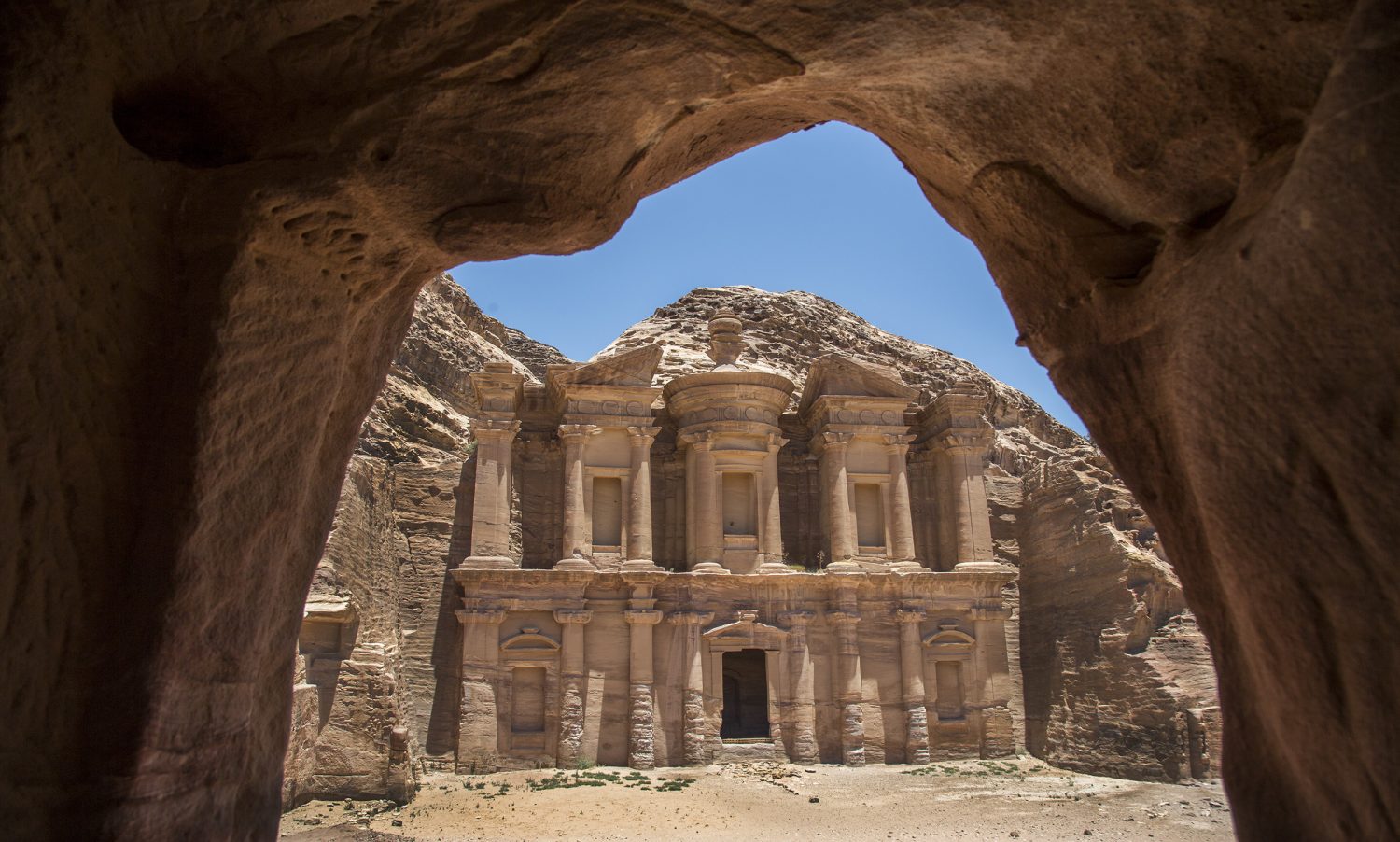Paris, often referred to as the "City of Light," is adorned with a network of bridges that gracefully span the Seine River, connecting its various neighborhoods and contributing to the city's timeless charm. Each bridge has a story to tell, reflecting a piece of Parisian history and culture.
Pont Neuf:
The "New Bridge," ironically named Pont Neuf, is the oldest standing bridge in Paris. Built in the late 16th century, it boasts a rich history, witnessing royal processions, celebrations, and everyday life along the Seine. Its arched design and iconic square at its center make it a symbol of classical French architecture.
Pont Mirabeau:
Made famous by Guillaume Apollinaire's poem, Pont Mirabeau stands as a poetic masterpiece in its own right. Its elegant arches and proximity to the Eiffel Tower create a scenic setting that has inspired artists and writers for generations.
Pont de Archbishop:
Adjacent to Notre-Dame Cathedral, this bridge earned fame for its love locks before officials removed them. Its prime location provides stunning views of the cathedral and the Île de la Cité, making it a popular spot for locals and tourists alike.
Pont de Bir-Hakeim:
Highlighted in various films, including Christopher Nolan's "Inception," Pont de Bir-Hakeim is celebrated for its two levels—one for vehicles and one for pedestrians. The steel arches and its strategic location offer breathtaking views of the Eiffel Tower.
Pont des Arts:
Known as the "Love Lock Bridge," Pont des Arts gained fame as a spot where couples attached padlocks symbolizing their love. While the weight of these locks became a concern for the bridge's structure, its pedestrian-friendly design and views of the Louvre and the Seine contribute to its allure.
Pont Alexandre III:
Named after Tsar Alexander III, this bridge is a testament to the friendship between France and Russia. Elegantly adorned with sculptures, art nouveau lamps, and a panoramic view of Paris, Pont Alexandre III is often considered one of the most ornate and picturesque bridges in the city.

By Rmrfstar on WikiMedia, CC BY-SA 3.0, Link
By Ignis on WikiMedia, CC BY-SA 3.0, Link

CC BY-SA 3.0, Link

By Pierre Blaché on WikiMedia, CC0, Link

By TCY on WikiMedia, CC BY-SA 3.0, Link
Significance:
The bridges of Paris are not merely structures of stone and steel; they are integral to the city's identity. They witness the passage of time, echoing the footsteps of historical figures and the evolving stories of Parisians. From the Pont Neuf's resilience to the Pont des Arts' romantic symbolism, each bridge contributes to the city's narrative.
Conclusion:
Paris bridges, with their architectural elegance and historical resonance, are more than pathways across the Seine; they are symbols of Parisian art, romance, and endurance. As they continue to connect the various facets of this enchanting city, Paris bridges remain essential elements in the visual poetry that is Paris.










